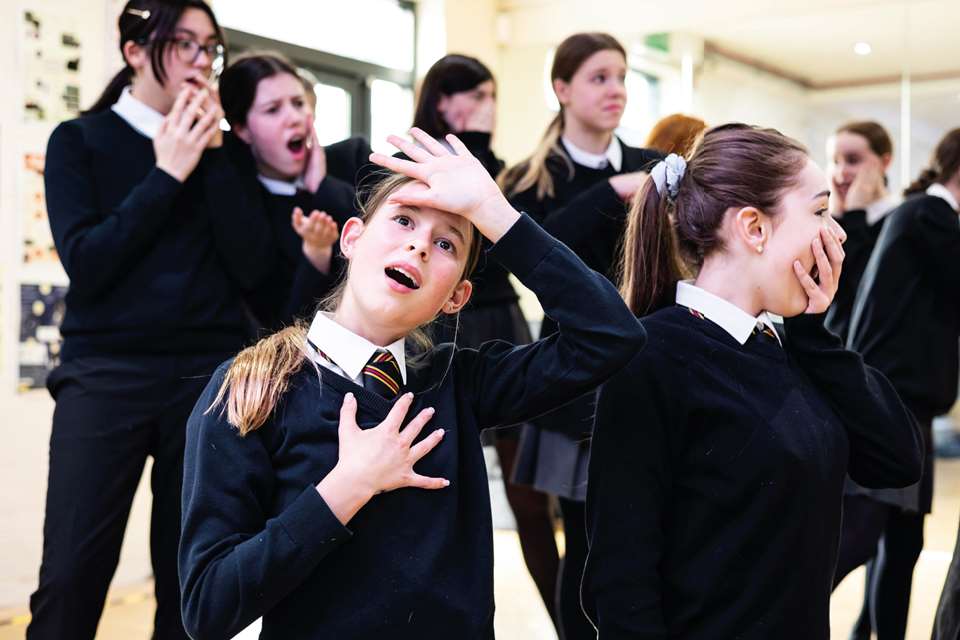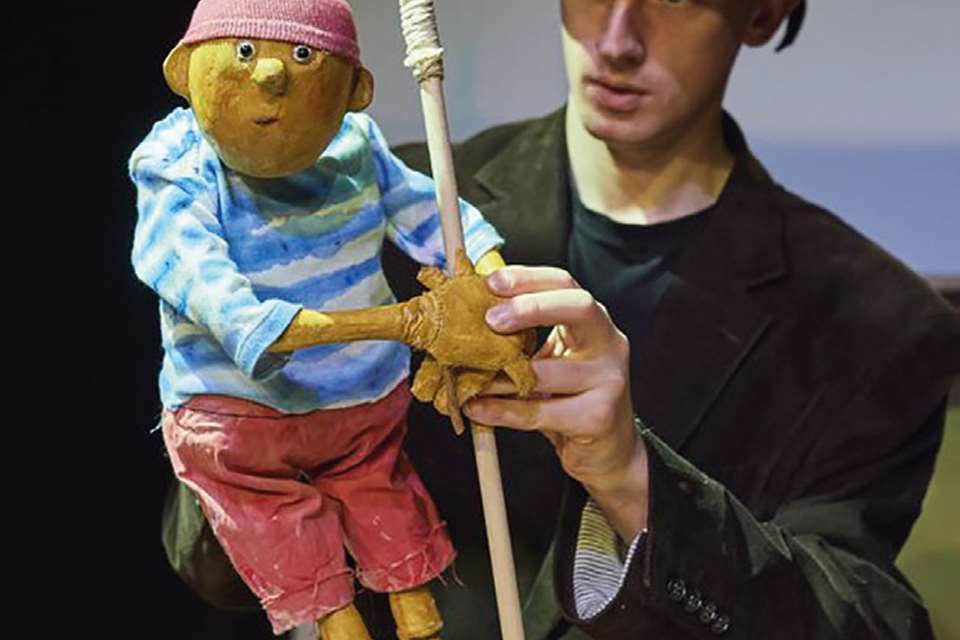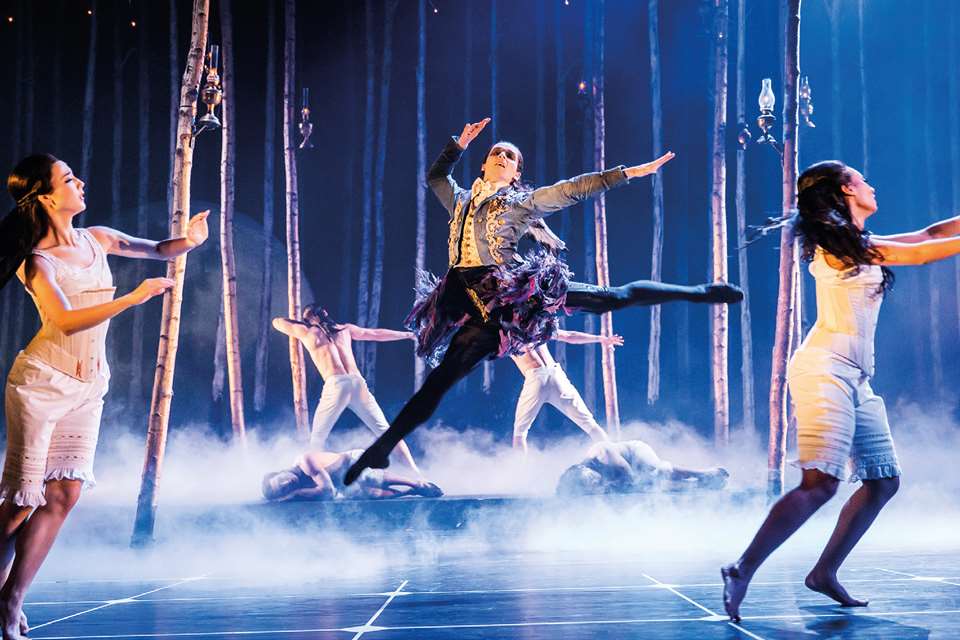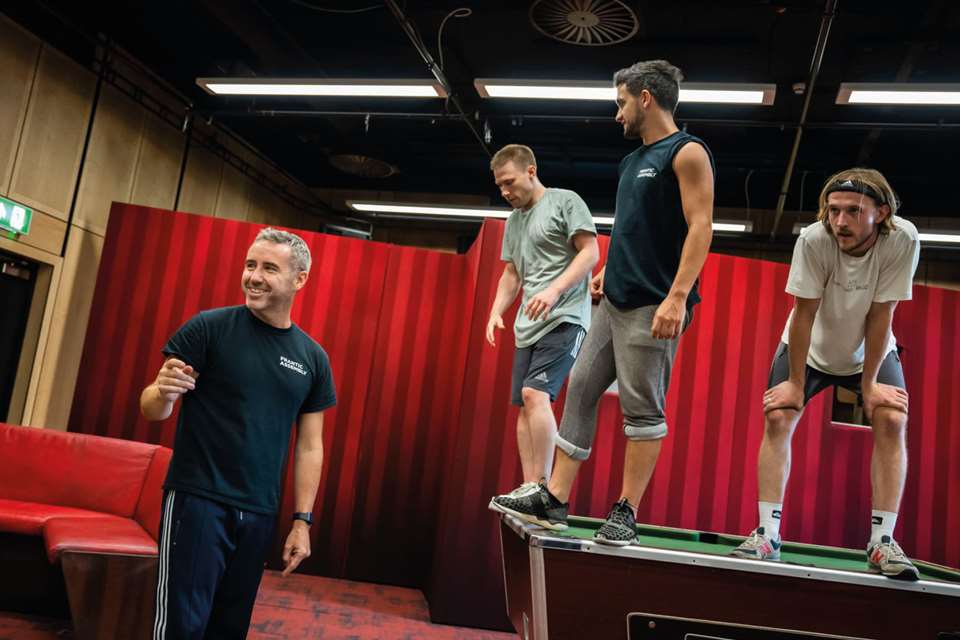Practitioner focus: Pina Bausch
Beccy Thompson
Sunday, October 1, 2023
Delving into the life and work of Tanztheater choreographer and dancer Pina Bausch, Beccy Thompson unpacks how teachers can utilise her approach in drama classes.
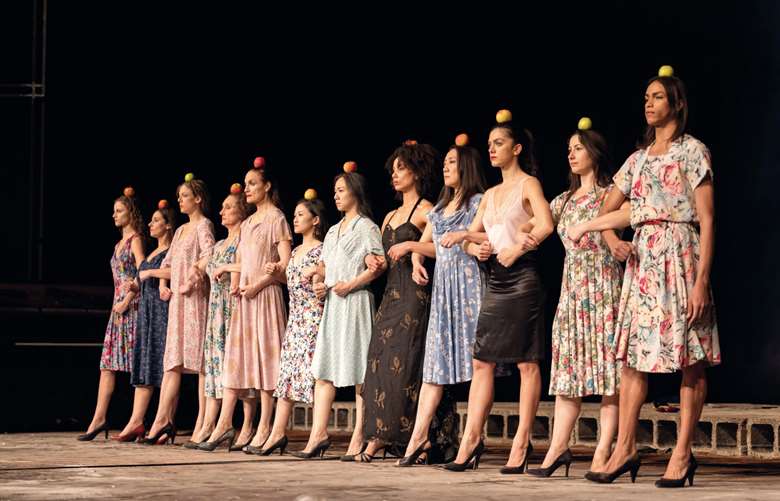
Akiko Miyake
Infamously cited as saying ‘I am not interested in how people move but what moves them’, Pina Bausch (1940-2009) was a German choreographer, dancer and filmmaker revered for revolutionising modern dance. She pioneered the dance theatre movement in the latter half of the 20th century and her company, the Tanztheater Wuppertal, encompassed elements of dance, theatre, and performance art, exploring complex emotions and human relationships. In her lifetime Bausch created 55 works, many of which continue to be performed internationally by her company and have amassed a following all over the world. Bausch's emphasis on individual bodies over any one dance form, makes her an excellent practitioner to teach to all students.
Influences
Pina Bausch trained as a dancer with Kurt Jooss and then at the Juilliard School in the 1960s. While in New York she encountered the post-modern dance of Martha Graham and Merce Cunningham. Visually, her work has been compared to the experimental theatre of Robert Wilson and Ann Bogart, along with fellow German artists, the surrealist Max Ernst and practitioner Bertolt Brecht, although, as choreographer William Forsythe said in a Guardian interview, ‘she basically reinvented dance’.
Key features
- Choreography born from performers' life experiences (e.g. 1980: Ein stück von Pina Bausch) and in later work locations (e.g. Palermo Palermo)
- Everyday task-based actions performed on stage
- Distinctive expressionistic dream-like stage sets: in Nelken (carnations), a carpet of pink flowers extends into the wings and in Viktor 20ft piles of soil surround the stage
- Pieces have a ‘collage’-like structure
Themes and style
Often described as expressionistic in style, common themes in Bausch's early pieces with the Tanztheater Wuppertal include personal relationships, human fragility, gender construction and loss. As their work developed, places became a starting point for generating choreography, such as Lisbon for Masurca Fargo.
The rehearsal process continues to be key in developing the Tanztheater Wuppertal's style. Bausch incorporated the objective structure of choreographic techniques with theatrically subjective individual experiences, which could form the basis of exercises to try in school drama.
Exercise 1: Questions and response
The creation of Bausch's early pieces often began with her asking questions to the performers and answers were used as building blocks for choreography. Ask students to find a space in the room. Get them to perform emotions using their bodies (emphasising that there is no correct response) for instance anger, tenderness, loss and fear.
Following this, ask everyone to practise their movements so they can repeat them. Instruct students to put them in an order, performing them as a sequence. Emphasise that Bausch and her company did not seek explicit meanings in making their work, but layered production elements together to provoke an emotional response. Allow the students to repeat their sequences to contrasting music and discuss how this alters the meaning. Finally, put students into pairs and give them a short narrative, poem or song lyrics. Ask them to experiment with reading while performing their sequences and then reflect on how the piece has evolved.
Exercise 2: Daily gestures
Much of Bausch's choreography was generated by responding to her dancers' experiences. This exercise quickly generates movement from all participants, starting with their daily routine. Ask everyone to find a space and to mime their morning routine to school. Once everyone has something, get them to run 60 seconds, until all have something repeatable. Next, ask them to isolate three movements and name them. For instance, ‘shutting the front door’. Get everyone to practise the three movements and then create a tiny version, a normal version and a large version of each so they have nine movements in total. Tell them to write a name for each one on nine sticky notes. In pairs, direct students to teach each other their movements, so together they have 18 movements. Once they have mastered them, students can choreograph a dance by ordering their sticky notes (adding in rules like removing or repeating three etc). Finally try out the sequences to music, or pair up pairs and expand the sequence.
Walk the Nelken line
In 2017 the Tanztheater Wuppertal invited Bausch enthusiasts to learn a section of Nelken. In the piece, the whole ensemble forms a line and repeatedly performs four simple gestures underscored by Louis Armstrong's Westend Blues. This could be easily taught to a class – a version appears in Wim Wenders' (2011) eponymous film and there is a tutorial on YouTube. Students could develop their own Nelken line, with the original gestures representing the seasons – or students could choose their own topic and create four new movements.
Useful resources
There is a plethora of other resources for teaching Bausch's work, including filmed performances and rehearsals, diaries, blog posts and interviews. The film Dancing Dreams (2011) is a worthy watch; it follows Bausch working with teenagers to reproduce Kontakof. Other good starting points are:
-
Climenhaga, R. (2008). Pina Bausch. London: Routledge.
-
Tanztheater Wuppertal: pina-bausch.de/en
-
Wenders, W. (2011) Pina [Film]. IFC Films.
-
Tanz Welten. (2016) The Nelken Line by Pina Bausch. Available at: tinyurl.com/mt7cd2fk



